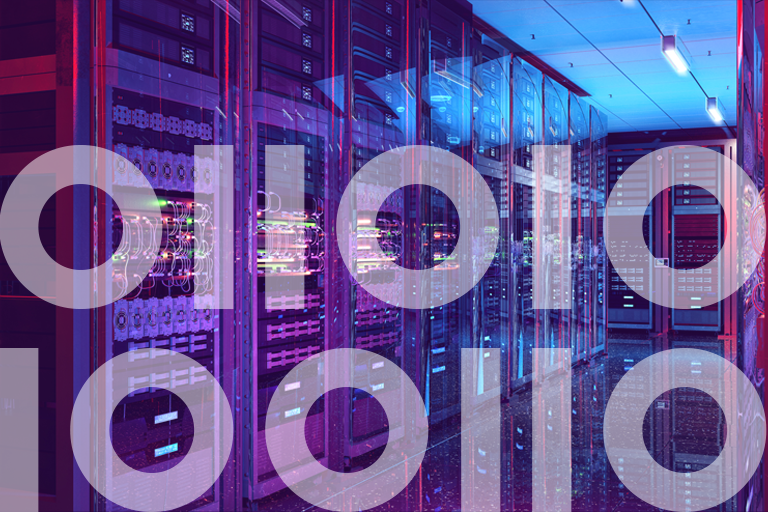Cloud computing did not become a tech buzzword until about a decade ago. But in effect, lots of organizations were deploying infrastructure that provided the same benefits as the cloud long before that.
How, you ask? By using mainframes. In many respects, mainframes were doing the things that the cloud does long before anyone was talking about the cloud.
To prove the point, let’s take a look at some of the specific ways in which mainframes have been providing the same benefits as cloud computing, starting decades before companies were building modern cloud infrastructure.
Scalability
Part of the appeal of cloud computing is that it makes it easy to scale — or, in other words, to change the amount of infrastructure that you use. You can add more virtual servers instantaneously in the cloud when you need to increase your capacity.
Mainframes also provide massive scalability, albeit in a different way. They do it through the sheer computing power they bring to the table. Modern mainframes can process something like 2.5 billion transactions per day. With that amount of computing power at your disposal, it’s hard to run out of infrastructure.
Mainframes’ ability to enable large-scale computing operations is part of what drove their appeal early on, and it continues to make mainframes valuable today.
Availability
Another key benefit of cloud computing is that in most cases, cloud infrastructure tends to be more reliable than on-premise infrastructure. Although clouds can and do fail from time to time, they are more reliable overall than most organizations’ on-premise infrastructure, and they offer more opportunity for increasing availability by, for example, spreading workloads across multiple cloud regions.
Mainframes can match that level of availability. As Janet Sun writes, mainframe uptime can be measured in decades. In other words, your typical mainframe runs for decades before it experiences a service disruption. This is why reliability is one of the key selling points that IBM uses to promote mainframes.
Mainframes were providing this level of reliability and availability long before the cloud offered another way to achieve it.
Agility
A third major advantage of the cloud is the agility it enables. On most cloud platforms, users have a fair amount of choice regarding exactly how they deploy workloads. They can use different types of operating systems to power their virtual server instances, and they can store data in different ways; on AWS, for example, you can choose between EBS and S3, each of which provides a different type of storage service.
Mainframes are similarly flexible. By taking advantage of virtualization, you can run Linux on your mainframe, while also running z/OS alongside it if you wish. Resource allocation, access control policies, and other configurations are also very flexible on the mainframe.
In other words, mainframes give organizations a great deal of freedom in choosing how to use their infrastructure. The cloud also provides this type of flexibility, but mainframes were there first.
Enterprise use cases
From the start, mainframes were designed to support large-scale enterprise workloads, like the kind needed to power banking operations or manage airline ticketing systems.
Cloud infrastructure can also do these things today (despite the fact that the CPU architecture that powers the cloud, x86, was born chiefly as the basis for building personal computers, not enterprise cloud servers). And it seems a safe bet that most workloads running in the cloud are enterprise-class workloads. Few people use the cloud for their personal computing needs, beyond perhaps cloud-based file storage services.
So, when modern clouds were built to meet the needs of enterprises, they were rising in the shadow of mainframes, which had already been supporting businesses for decades.
Conclusion
Before wrapping up, I should make clear that I do not mean to say that mainframes and the cloud are identical. They obviously are different in many ways. They are built using different types of hardware, they have different cost structures, they are powered by different operating systems (well, to an extent — you can run Linux on your mainframe and in the cloud, but you can only run z/OS on your mainframe) and there is certainly not total overlap between the types of services that each provides.
But when measured in terms of certain types of key functionality, mainframes look very similar to the cloud. And mainframes, of course, were here first. That’s why mainframes were the original cloud.
Make sure to read our eBook: Getting the Most Out of Your Mainframe







